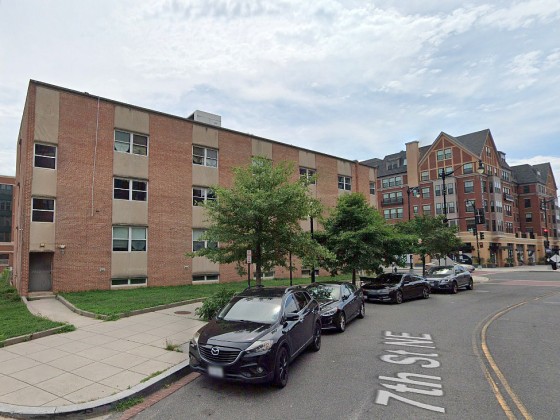 What is the Right of First Refusal?
What is the Right of First Refusal?

This article has been published previously on UrbanTurf, but in light of the conversations happening around TOPA this week, we are re-running it.
In DC’s famously tenant-friendly system, renters have the first shot to buy the home they are living in should the owner decide to sell. This article explains how the process works.
Established by the Tenant Opportunity to Purchase Act (TOPA), DC tenants get the right of first refusal, which means that they have the opportunity to match an offer that the owner is considering. However, there are a few other steps associated with the process, which we outline below. Thanks to Joel Cohn, the Legislative Director at DC’s Office of the Tenant Advocate for the specifics.
1. First, the owner of the property must send the tenant a letter declaring their intent to sell and an “Offer of Sale.” The letter also needs to include the listing price and information about the property, including details like monthly expenses. The stated listing price has to be fair; if the owner ends up selling the house to another buyer for more than 10 percent below the price quoted to the tenant, they are required to come back to the tenant with a new offer.
2. Once the letter is received, the tenant must make their interest in purchasing the home known (in writing). The amount of time to do so depends on the number of units in the building. For a single unit, the tenant has 30 days to respond. For 2 to 4 units, the tenants have 15 days to respond jointly, and an additional 7 days to respond individually. For 5 or more units, only a tenant association has the right to purchase the building. If an association already exists, it has 30 days to respond. If not, then the tenants must form an association and also, through the new association, respond to the Offer within 45 days. Then there is a negotiating period with the landlord. The negotiating period for a single unit is 60 days. For 2 to 4 units, it is 90 days. For 5 or more units, it is 120 days. The tenant(s) are given an additional period to secure financing for the purchase. This time period is the same as the negotiating period for each building size.
3. If the time period passes without the tenant making his/her interest in purchasing known, the seller can move forward with putting the property on the market.
4. That is not the end of the process, though. If the offer to the tenants has been made without a third-party contract in place, but an offer subsequently comes in that is acceptable to the owner, then, the tenant has another chance to purchase: the owner has to give the tenant 15 days to match the offer (here is the form letter than can be used by owners to make this offer). This is technically what is known as the right of first refusal. If the tenant decides not to purchase, and the unit is sold to someone who wants to live in the unit, then the tenant must be given 90 days notice to move out.
Needless to say, this entire process adds an element of risk for a buyer making an offer on a tenant-occupied home. Have other questions? Email us at editor2018@urbanturf.com.
See other articles related to: buyers week 2015, first-timer primer
This article originally published at https://dc.urbanturf.com/articles/blog/first-timer_primer_what_is_the_right_of_first_refusal/7484.
Most Popular... This Week • Last 30 Days • Ever

DC's homebuyer assistance programs can be a bit complex. This edition of First-Timer ... read »

When it comes to financing a home purchase, a 30-year mortgage is one of the most com... read »

Pocket listings are growing in popularity in the low-inventory market in the DC regio... read »

Margarite is a luxury 260-apartment property known for offering rich, high-end reside... read »

The owner of 700 Monroe Street NE filed a map amendment application with DC's Zoning ... read »
DC Real Estate Guides
Short guides to navigating the DC-area real estate market
We've collected all our helpful guides for buying, selling and renting in and around Washington, DC in one place. Start browsing below!
First-Timer Primers
Intro guides for first-time home buyers
Unique Spaces
Awesome and unusual real estate from across the DC Metro













